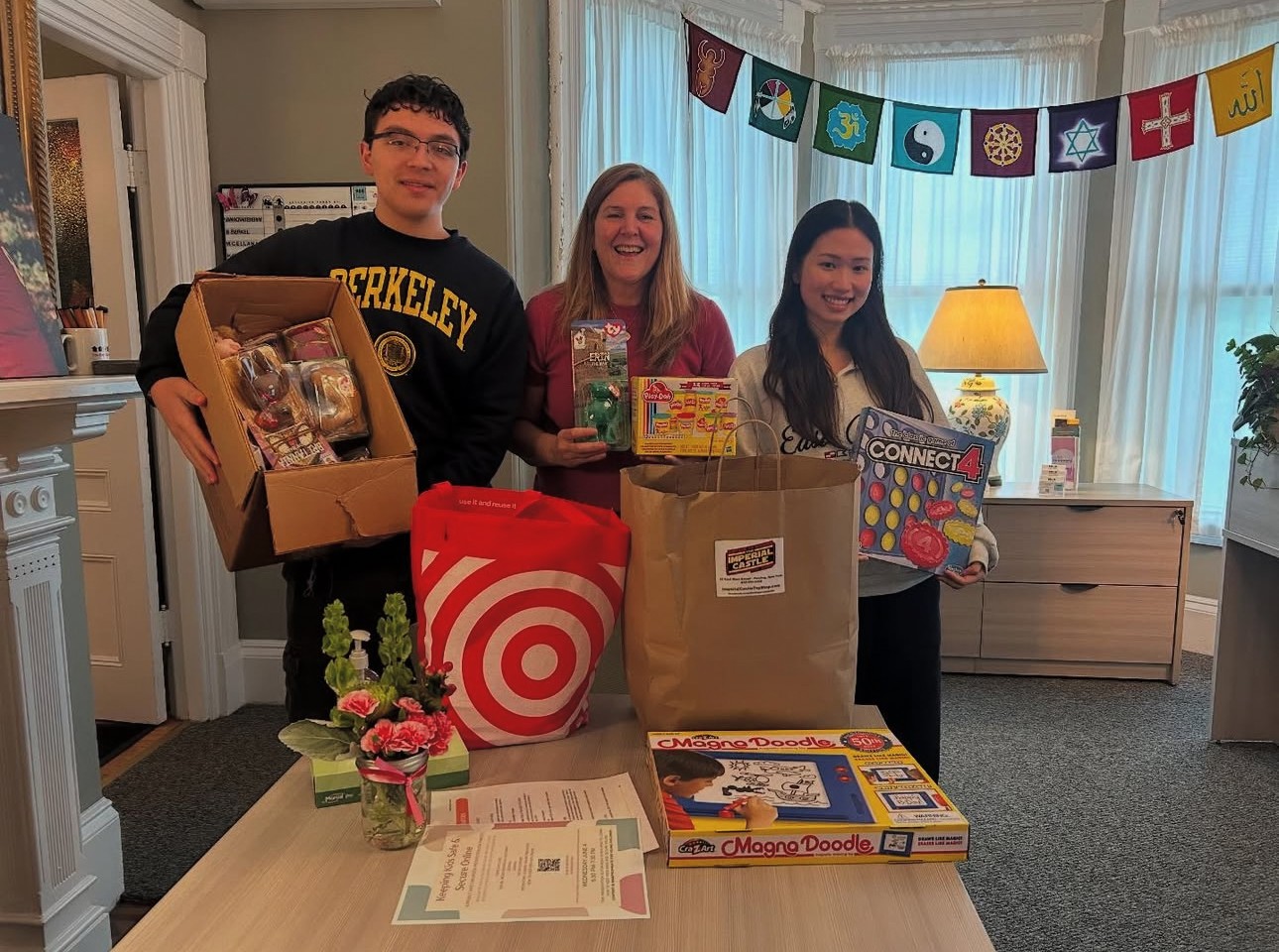Alright – so today we’ve got the honor of introducing you to Sam Forouzan. We think you’ll enjoy our conversation, we’ve shared it below.
Sam , appreciate you joining us today. Was there a moment in your career that meaningfully altered your trajectory? If so, we’d love to hear the backstory.
It started like any other Tuesday during my break home. I was back in San Diego, volunteering at the Ronald McDonald House Charities, something I did to give back to a community that helped my grandmother during her cancer treatment. Nothing dramatic, just helping with meals and chatting with families. I was still figuring out what I actually cared about.
That evening, I met a family from Central America. Their daughter was being treated at the children’s hospital, and they were exhausted – not just from their daughter’s illness, but from trying to navigate a system they didn’t understand. The mom had questions about follow-up care. The dad couldn’t figure out the insurance paperwork despite working two jobs. Simple questions with answers buried in systems they couldn’t access.
That conversation stuck with me because I knew this pattern. My parents immigrated from Iran, and I’d seen how even educated, capable people get lost in systems that weren’t designed with them in mind. I thought about how many other immigrant and refugee families were facing the same barriers – not just at that hospital, but across San Diego, across the country. Resources existed. Clinics, legal aid, food banks, educational programs. But knowing those things are out there and knowing how to reach them are completely different problems.
I left that shift thinking differently. I’d been volunteering to give back, but I realized giving back wasn’t enough. The problem wasn’t lack of services. The problem was the gap between what existed and who could access it. That gap was keeping families from getting help that was literally down the street.
That’s when I started Steps Ahead. Not as some grand plan, but because I couldn’t stop thinking about that family and the thousands like them. I’m someone who believes in taking action to solve problems as soon as I see one, and this was a problem I knew needed fixing. I began surveying people at immigrant shelters across San Diego, asking what they actually needed versus what organizations assumed they needed. Those conversations confirmed what I suspected – the barriers weren’t just language. They were navigating confusing systems, understanding bureaucracy, knowing which doors to knock on.
Once I understood the real problem, I knew we needed a practical solution. That’s when I decided to build a website where immigrants could enter their zip code and immediately see every resource available to them – clinics offering translation services, schools with ESL programs, legal aid offices, food banks. I honestly didn’t know much about web development when I had the idea, but I sort of just knew that this was something that needed to be done, and if I didn’t do it, I didn’t know who else would. So I took matters into my own hands and taught myself. That became stepsaheadcommunity.org, a direct response to watching that family struggle to find help that was right in front of them.
Steps Ahead has grown to over 240 volunteers across 8 states and 4 countries now, all because I couldn’t let go of that moment at Ronald McDonald House. That conversation changed my trajectory because it shifted how I saw my role. I stopped being someone who volunteered occasionally and started being someone who built infrastructure. I wanted to create something that would empower families to find resources on their own, to remove the barriers I’d watched stop people from getting help.
That defining moment taught me that sometimes the most important thing you can do is take action on something you’re passionate about, even when you don’t have all the answers yet. The bridge I wished had existed for that family, for families like mine – I could build it. And that realization changed everything.
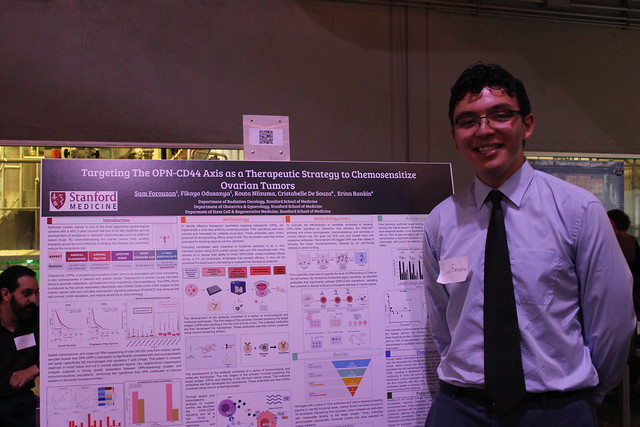
As always, we appreciate you sharing your insights and we’ve got a few more questions for you, but before we get to all of that can you take a minute to introduce yourself and give our readers some of your back background and context?
I’m a student at UC Berkeley studying Public Health and Molecular & Cell Biology, and I spend my time working on two things that might seem unrelated but are actually deeply connected – running Steps Ahead, a nonprofit focused on getting healthcare and education resources to underserved communities, and doing cancer research in a Stanford Lab.
Steps Ahead started because I kept watching immigrant families in San Diego struggle to access help that was literally down the street from them. Clinics, legal services, educational programs – they all existed, but families had no idea where to find them or how to use them. I’m someone who sees a problem and immediately wants to fix it, so I started building solutions.
The main thing we provide is stepsaheadcommunity.org, a website where anyone can type in their zip code and instantly see every resource available nearby. Healthcare clinics with translation services, schools offering ESL programs, legal aid, food banks, job training – everything mapped out clearly. Here’s the thing though – I had no clue how to build a website when I decided this needed to exist. But I sort of just knew that if I didn’t do it, I wasn’t sure who else would. So I did it. That’s how I approach most things, I figure it as I go because the problem matters more than my uncertainty.
We’ve grown way beyond just the website. As an organization, we have over 240 volunteers now across 8 states and 4 countries running workshops on navigating healthcare systems, translating resources, helping families understand insurance paperwork, distributing supplies to shelters. The volunteers are mostly young people who saw the same gaps in their communities and wanted to do something about it. That’s what I’m most excited about – creating a platform, which is this organization, where others can step up and make change happen in their own areas.
On the research side, I work on developing therapeutic antibodies for ovarian cancer. We’re running in vivo studies right now on an antibody that targets ovarian cancer tumors. Only 31% of women diagnosed with late-stage ovarian cancer survive past five years. That statistic says a lot. Only 3 in every 10 women with late-stage ovarian cancer survive past 5 years. If our antibody works the way we’re hoping, we could give patients more time, better outcomes. The research is hard – experiments fail, results don’t match what you expected, you have to redesign and try again. But I don’t start anything unless I’m genuinely passionate about it, and that passion keeps me going even when it’s frustrating.
What sets me apart is probably that I refuse to choose between community work and scientific research. Most people pick one lane. You’re either in the lab developing treatments or you’re out in communities helping people access care. I’m doing both because they’re the same problem from different angles. What’s the point of discovering breakthrough treatments if they never reach the people who need them? Steps Ahead showed me how systems fail people at the access level. The lab is teaching me how to develop solutions worth accessing. I need both to do what I actually care about, which is making sure innovation serves everyone, not just people who already know how to navigate complicated systems.
I’m really proud of how Steps Ahead has grown into something bigger than I imagined. It started with me doing surveys at shelters, asking families what they actually needed versus what organizations assumed they needed. I wanted to understand the real barriers – was it language? Was it knowing where to go? Was it fear of using services? Those conversations showed me that the problem wasn’t just translation, it was navigating systems that felt deliberately confusing. Now it’s this network of young people across countries who are solving these problems in their own communities. That’s the power of showing people what’s possible – they run with it. And in the lab, every time we get results that bring us closer to a viable treatment, it feels like we’re actually honoring what’s at stake for patients and their families.
The main thing I want people to know is that you don’t need permission to start fixing problems you care about. When I started Steps Ahead, I was seventeen with zero experience in starting an organization. When I built the website, I didn’t know how to. When I joined the lab, I was learning everything from scratch. But you figure it out because the problem matters more than your comfort level. If something needs to exist and you’re passionate enough about it, just start. Teach yourself. Find people who’ve done it before and ask questions and find people to build with you. Build what you wish was already there.
If anyone wants to get involved with Steps Ahead – whether you need resources, want to volunteer, are interested in partnering, or want to support the work financially – visit stepsaheadorganization.com or email me at [email protected] or email the organization [email protected]. We’re always looking for people who believe access to healthcare and education shouldn’t be about luck. If that resonates, there’s room for you in this.
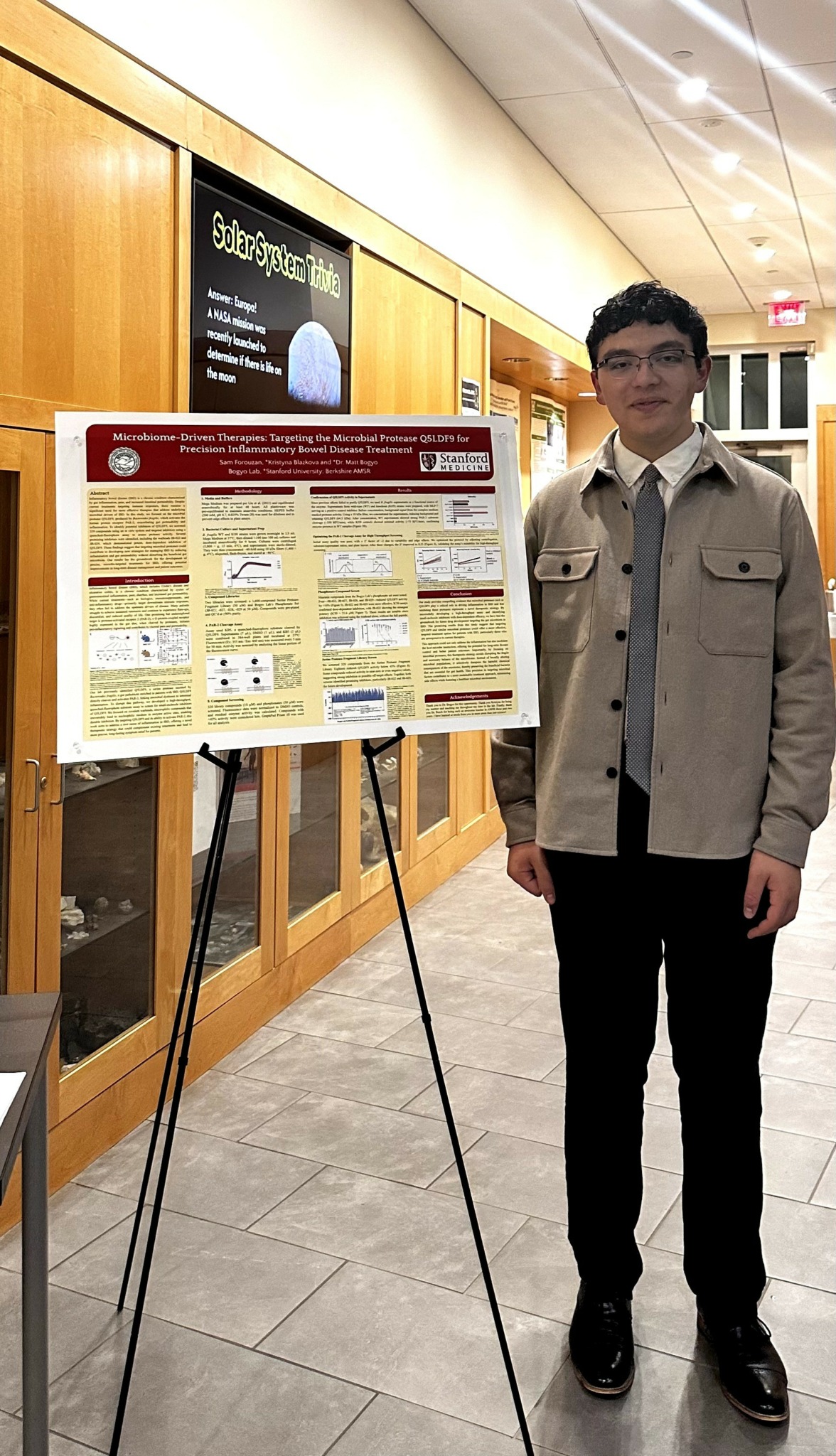
Let’s talk about resilience next – do you have a story you can share with us?
The summer after my freshman year, I was thirteen and wanted to get into research. I didn’t have connections – my parents don’t work in academia, I didn’t know anyone at universities, I had no idea how people usually break into labs. I was starting from zero. So I did what I could – I researched professors whose work I genuinely cared about and sent personalized emails. Forty-five of them.
I got zero responses. Not even a “thanks, but we’re full.” Just silence.
That stung, but I tried again the next summer. This time, one professor responded and wanted to interview me. I showed up and talked honestly about what I wanted to learn and how I thought I could contribute. They gave me a shot.
That internship was everything. I learned the fundamental wet lab skills I’d need for any research after that. But more than the technical stuff, I built a track record. I had experience to point to now, skills I could name, someone who could vouch for my work.
The third summer, I needed to be in Northern California for family reasons and wanted to work in a Stanford lab. Stanford labs have high expectations, and I was still just a teenager. But when I emailed professors this time, I wasn’t just expressing interest – I could show what I’d already done, what I wanted to learn from their specific lab, and how I’d contribute based on skills I’d built. Multiple labs responded.
That’s when it clicked. Reputation builds through resilience. It’s not about being the most talented from the start. It’s about turning one opportunity into the next. Those forty-five unanswered emails taught me to keep going. That one yes taught me to make it count. By the third summer, I had credibility because I’d proven I could show up and deliver.
Now when I hear “no” – whether it’s funding for Steps Ahead, a partnership falling through, whatever – I remember those forty-five emails. Rejection is part of the process. What matters is whether it stops you or whether you adapt and keep building. I chose to keep building.
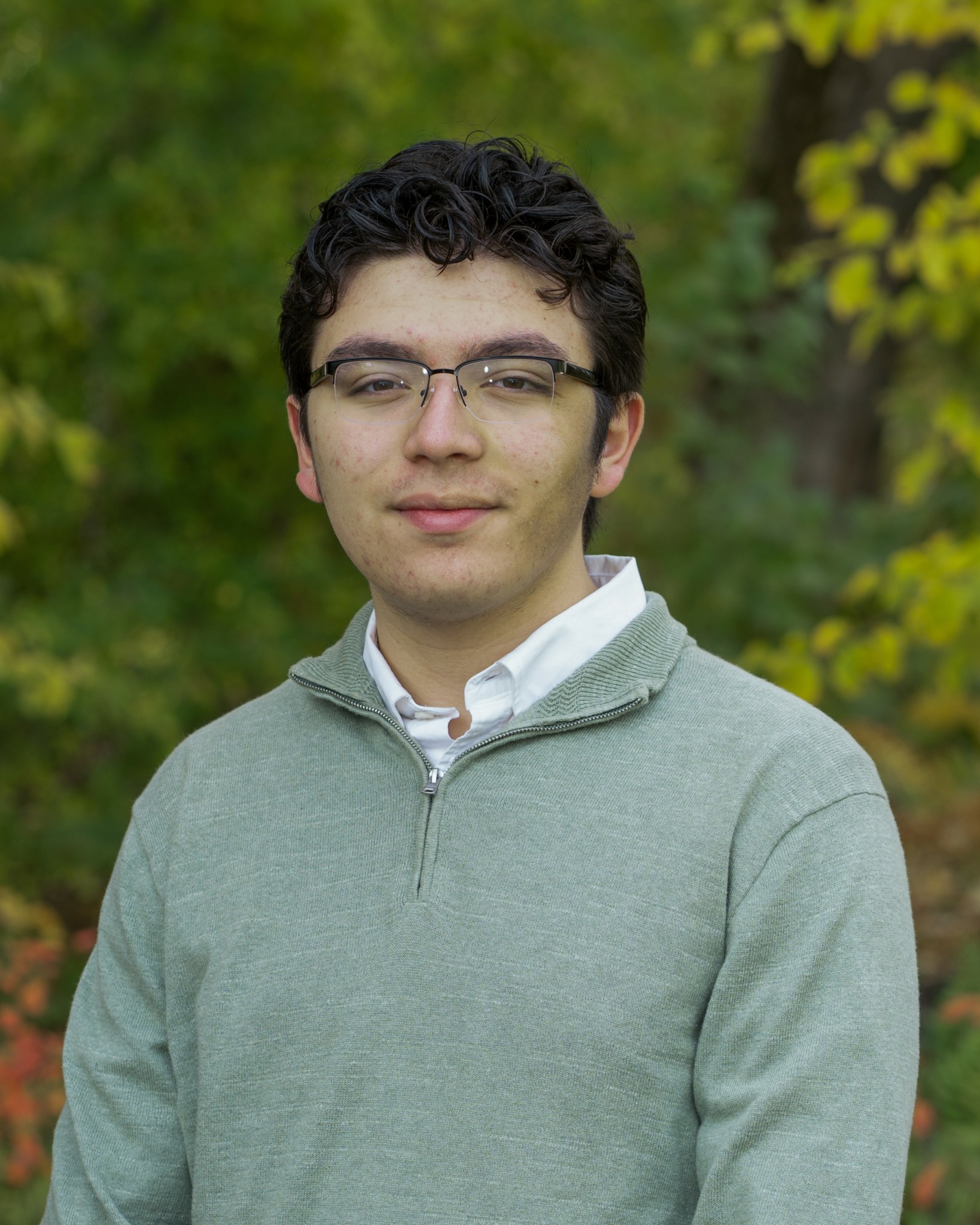
We often hear about learning lessons – but just as important is unlearning lessons. Have you ever had to unlearn a lesson?
I had to unlearn the idea that you need permission before you can make real impact. For a long time, I thought you needed to be older, more experienced, have the right credentials before you could actually do something meaningful. I’d see problems and think, “Someone should fix this.” But that someone was always an adult, an expert, someone who wasn’t me.
I was watching immigrant families in San Diego struggle to access resources that existed right in their communities. I knew it needed fixing. But I kept waiting for someone else to step in. I’d think about starting something, then talk myself out of it. I’m too young. I don’t know how to run a nonprofit. I’ve never built a website. I should wait until I’m older, until I know more.
The turning point came when I realized nobody was coming. All those adults I thought would fix this? They were busy with their own work, or they didn’t see the problem the way I did. I got tired of waiting. So I just started.
I didn’t have a business plan or nonprofit experience or coding skills. I had surveys and questions and a willingness to figure things out as I went. I talked to families at shelters. I taught myself how to build a website. I reached out to mentors and asked for help. None of it was perfect, but it was happening.
Unlearning that belief changed everything. Steps Ahead exists because I stopped waiting for credentials. The research opportunities happened because I sent those emails at thirteen instead of waiting to be “old enough.” Every single thing I’ve built came from deciding that action beats perfect preparation.
Here’s what I learned: nobody is going to hand you permission to make change. If you’re passionate about something and you see a gap that needs filling, that’s your signal to move. Not to wait, not to prepare endlessly, but to start and learn as you go. You’ll make mistakes and hit obstacles, but you’ll also learn faster than you thought possible and create things that wouldn’t exist if you’d waited for permission that was never coming.
Contact Info:
- Website: https://www.stepsaheadorganization.com/
- Instagram: https://www.instagram.com/stepsaheadorg/samforouzan_
- Linkedin: https://www.linkedin.com/in/samforouzan/
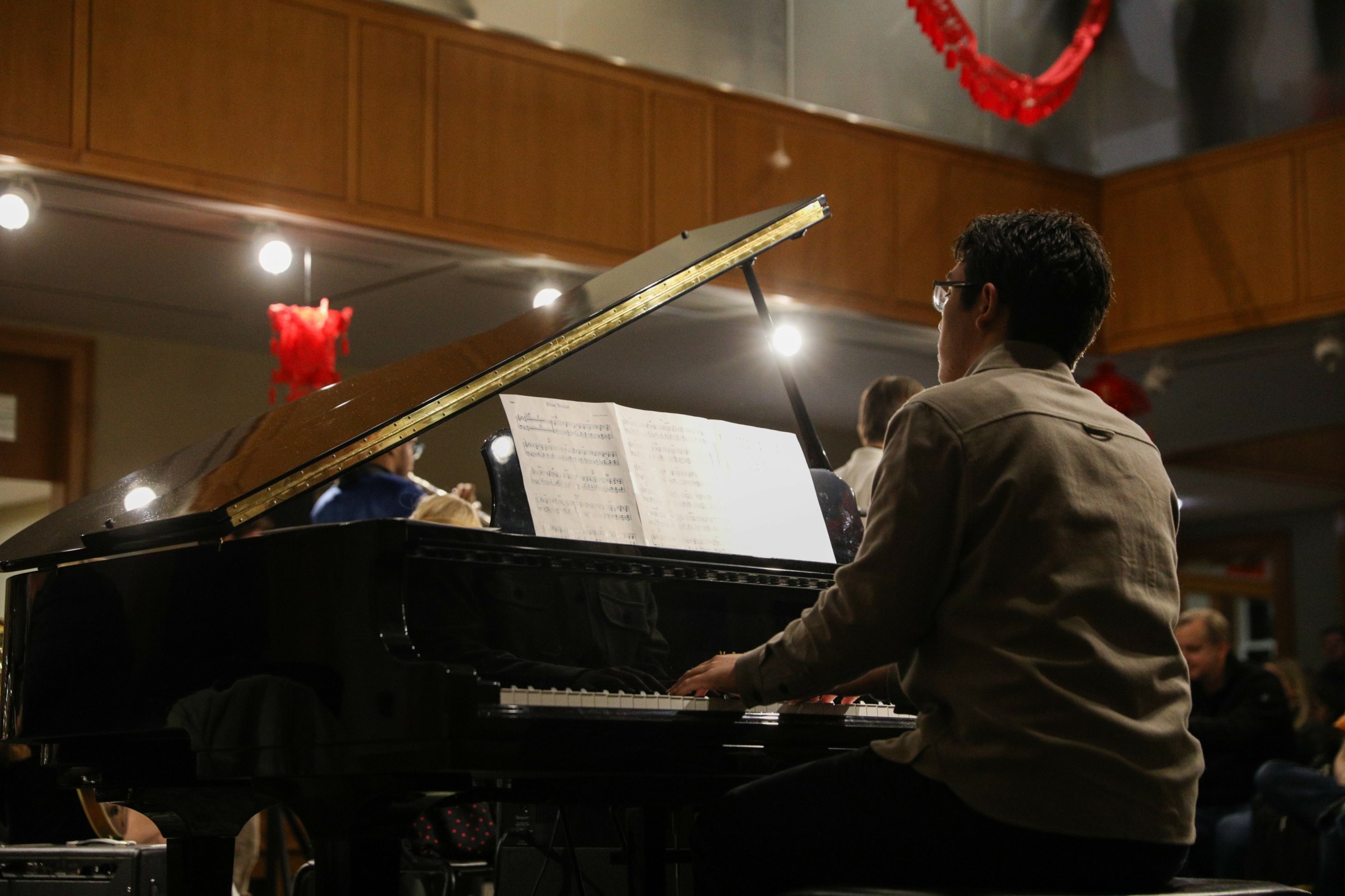

Image Credits
Not applicable


